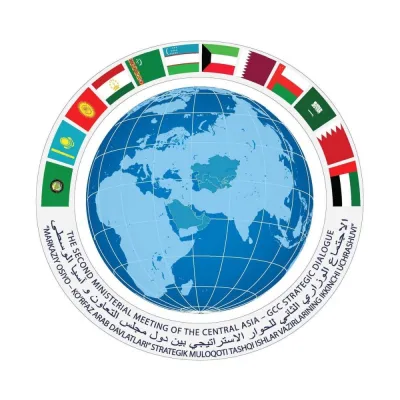Initial public offerings (IPOs) in the Arab region could see “healthy” activity this year as more corporates and state firms are set to make their debut on the respective markets, according to Kamco.
“The (region’s) IPO markets in 2020 could see healthy activity, given that corporates who were waiting for state-owned enterprises to provide leadership in primary equity markets, could enter the market,” it said in its latest report.
However, the secondary equity markets would continue to be a key for valuation, along with stable geopolitics in the backdrop of the impending US elections and a resolution to Brexit.
The region’s IPO market witnessed a landmark year in 2019, despite a lower number of primary market issuances year-on-year from 2018. Total number of corporate IPOs in the region declined to nine issuances in 2019 from 17 issuances and 28 issuances witnessed in 2018 and 2017, respectively.
In 2019, Qatar witnessed the IPO of its dairy farm major Baladna, which raised as much as QR1.43bn through its 75% offer, of which as much as 52% was offered to local retail and corporate houses and 23% to the existing institutional stakeholders as Qatar General Retirement Authority, Al Meera, Mwani Qatar and Hassad Food.
On the international front, the IPOs were down year-on-year, despite secondary markets witnessing gains in 2019, as the primary equity markets were affected by US-China trade issues, geopolitical issues such as Brexit and the social issues in Hong Kong.
The global IPO volumes reportedly declined 19% year-on-year from 2018 to reach 1,115 IPOs in 2019, while IPO proceeds fell by 4% year-on-year from 2018, as $198bn was raised in 2018, as per the estimates of Ernst and Young.
“The IPO proceeds should have crossed $201bn in our view. The median deal size of main market IPOs according to EY; reportedly rose by 13% year-on-year to $76mn in 2019, ascribed to a higher number of mega IPOs,” the Kamco research note said.
Asia Pacific continues to lead the IPO activity globally; accounting for close to 60% of deal numbers and over 45% of the proceeds, based on the EY statistics. However, on a year-on-year basis, the number of deals fell marginally by 1% and proceeds were down by 8% over the same period.

In 2019, Qatar witnessed the IPO of its dairy farm major Baladna, which raised as much as QR1.43bn through its 75% offer, of which as much as 52% was offered to local retail and corporate houses and 23% to the existing institutional stakeholders.



